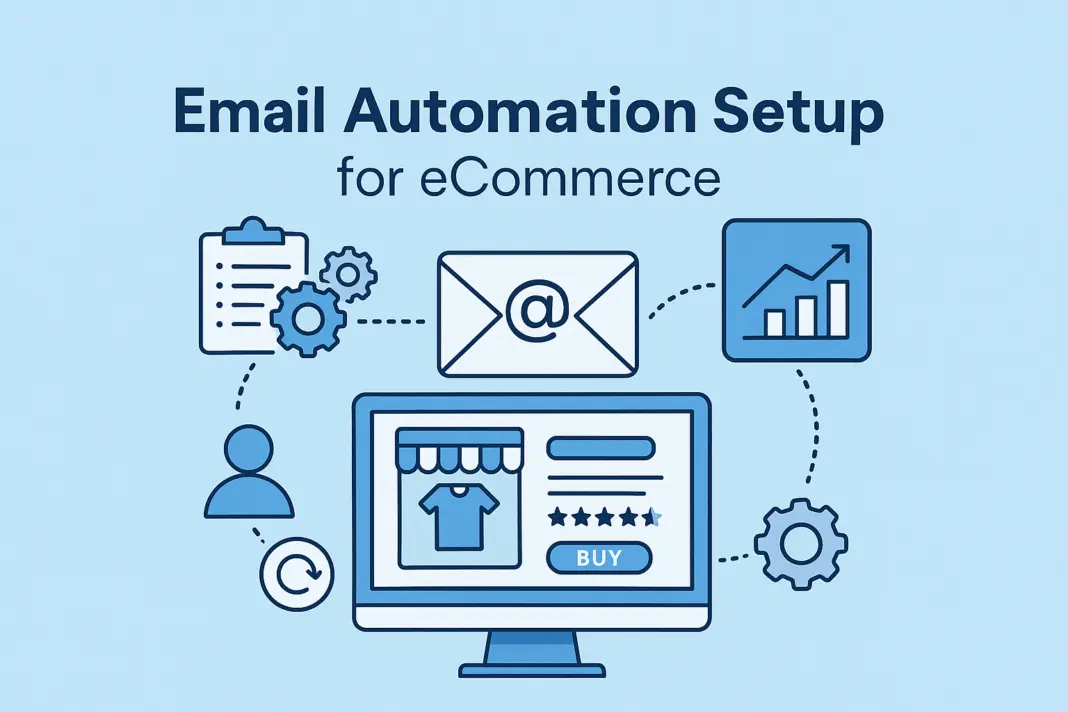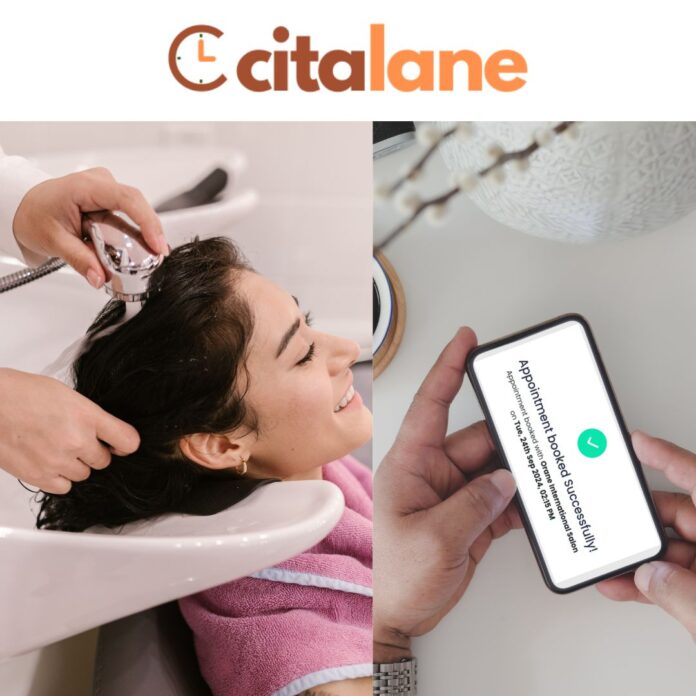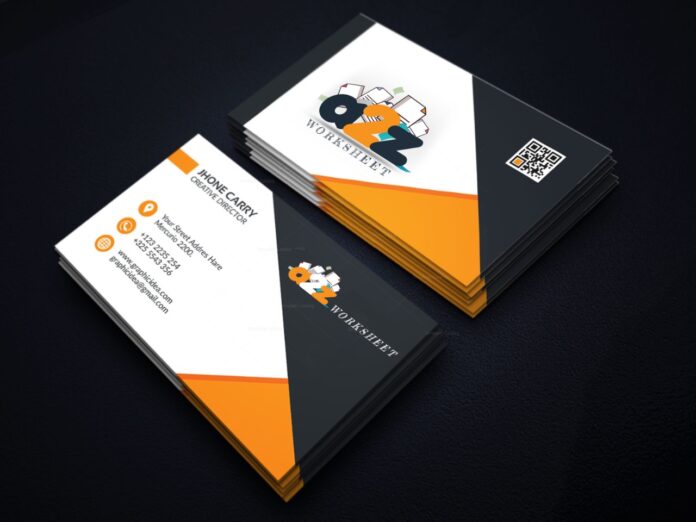In today’s competitive eCommerce landscape, email automation isn’t a nice-to-have — it’s a must. An effective email automation setup for eCommerce helps online stores engage shoppers, recover abandoned carts, increase repeat purchases, and deliver personalised experiences at scale.
Whether you’re running a Shopify, WooCommerce, or custom-built store, this guide will show you how to get started with automation that actually converts — not just sends.
🚀 Why Email Automation Matters for eCommerce
Manual email marketing is time-consuming and inconsistent. Automation, when done right, ensures that your customers receive the right message at the right time — all without lifting a finger.
Here’s what you gain with a professional email automation setup:
- Higher Revenue Per Customer: Send behaviour-based campaigns that drive conversions
- Improved Customer Retention: Stay top-of-mind through timely, relevant communication
- More Free Time: Automate repetitive tasks like welcome emails, order follow-ups, and cart reminders
- Better Data Insights: Track customer actions and responses in real-time
🔧 Key Components of a High-Converting eCommerce Email Automation Setup
1. Welcome Email Series
First impressions matter. Automate a series of warm, value-driven welcome emails when someone signs up.
Pro Tip: Include a limited-time discount or product recommendation to drive first purchase.
2. Abandoned Cart Recovery
Shoppers often leave without buying. Remind them with a series of 2–3 cart recovery emails spaced over 24–72 hours.
Stats Don’t Lie: Cart abandonment emails have an average open rate of over 45%.
3. Post-Purchase Follow-Ups
Use automation to send thank-you emails, product care tips, or review requests. This builds trust and encourages repeat purchases.
4. Browse Abandonment Emails
If a visitor browses a product but doesn’t add it to cart, a smart email reminder can rekindle their interest.
5. Win-Back Campaigns
Target inactive customers with re-engagement flows. Offer an incentive or showcase new arrivals to bring them back.
6. Customer Segmentation
Use data such as purchase history, location, and engagement to tailor your automation. Segmented emails can outperform generic campaigns by over 50%.
7. Product Recommendation Engine
Leverage automation to send dynamically generated product suggestions based on past purchases or browsing behavior.
💡 Tools We Recommend for eCommerce Email Automation
- Klaviyo – Ideal for Shopify/WooCommerce integration, deep segmentation, and detailed analytics
- ActiveCampaign – Great for advanced logic flows and CRM features
- Mailchimp – User-friendly with essential automation features for growing stores
- Omnisend – Built specifically for eCommerce with SMS + email in one dashboard
Need help setting it up? Check out our Klaviyo API Integration and Hubspot API Integration services.
✅ Best Practices for Success
- Start small — begin with 2–3 core automation flows before scaling
- A/B test subject lines, content, and send times
- Always include clear CTAs and mobile-optimised design
- Monitor performance and tweak based on open, click, and conversion rates
📈 Results You Can Expect from Automation
✔️ Increase in conversion rates (often 10–25% boost)
✔️ Higher customer lifetime value
✔️ Consistent brand communication
✔️ Time saved on repetitive tasks
🛠️ Need Help with Your Email Automation Setup?
Setting up automation properly requires technical know-how, strategic planning, and platform expertise. That’s where we come in.
At WebAcer Software, we help eCommerce brands set up powerful email automation flows that are built to convert — not just send. From Klaviyo integrations to custom segmentation logic, we tailor each setup to your unique store goals.





